
Microsoft’s patent for ‘Dynamic visualization generation and implementation’
I was catching up with my January RSS feeds earlier and my attention was drawn to an unusual item that had been reeled in from a site called ‘4-traders’.
Visualisingdata.com was originally launched in 2010 originally to serve as a blog to help continue the momentum of my learning from studying the subject via a Masters degree. I continue to publish articles and share announcements that track developments in my professional experiences as well as developments in the data visualisation field at large.
This is a collection of all my published posts, starting with the newest and dating back to 2010, tracking. These posts include articles, design commentaries, podcast updates, professional updates, and general news from across the data visualisation field.

I was catching up with my January RSS feeds earlier and my attention was drawn to an unusual item that had been reeled in from a site called ‘4-traders’.

I now have the final confirmed locations and dates for my data visualisation workshop schedule for the initial part of 2014. Chicago (16th May) and Montreal (19th) were the final outstanding pieces in the jigsaw.

To mark the milestone of each mid-year and end of year I try to take a reflective glance over the previous 6 months period in the data visualisation field and compile a collection of some of the most significant developments.
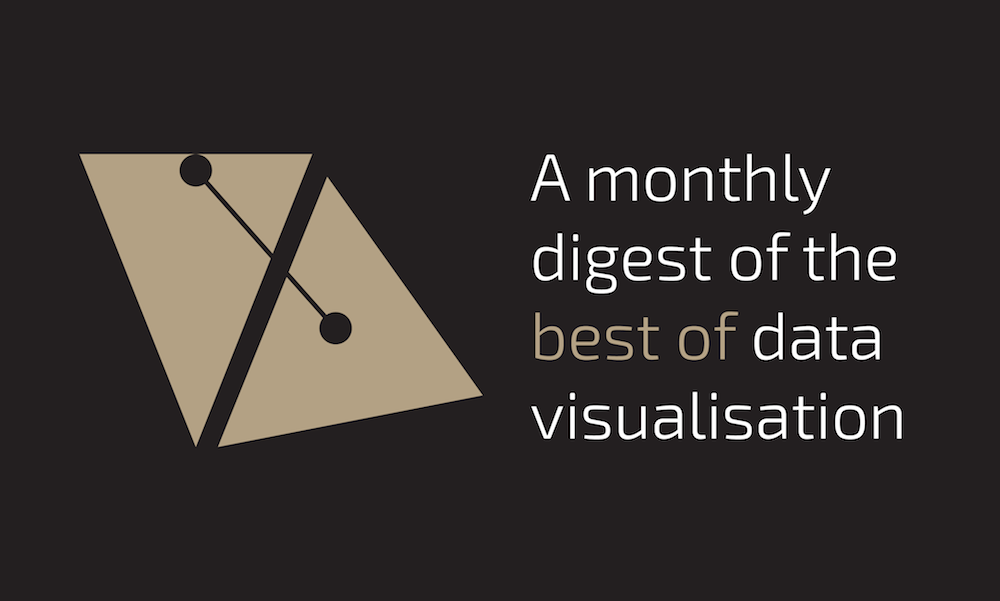
At the end of each month I pull together a collection of links to some of the most relevant, interesting or thought-provoking web content I’ve come across during the previous month. Here’s the latest collection from November 2013.
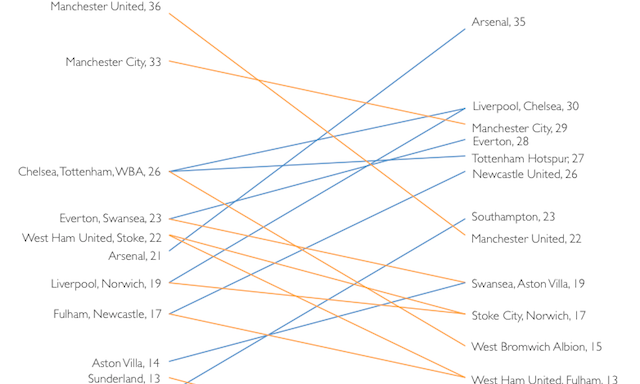
I love slopegraphs. I’m happy to nail my colours to the mast and declare it. I’d probably not go as far as to wear a t-shirt with such a slogan but I feel a need to express my praise for the still-underused slopegraph and try help continue spread the word of its worth.

At the end of each month I pull together a collection of links to some of the most relevant, interesting or thought-provoking web content I’ve come across during the previous month. Here’s the latest collection from October 2013.

Really like this work from Damien Demaj to visualise a key facet of Rafael Nadal’s incredible 2013 season on the tennis tour. Damien runs GameSetMap, a blog that presents new ways of looking at tennis analytics and tennis spatial data in particular.

Just been looking in detail at the latest great project from the NYT’s ‘BosCarQue’ triumvirate, visualising the history of college athletics in the US. One of the elements that really grabbed me was the integration of a mini bar chart (sparkbars?) within the introduction text.
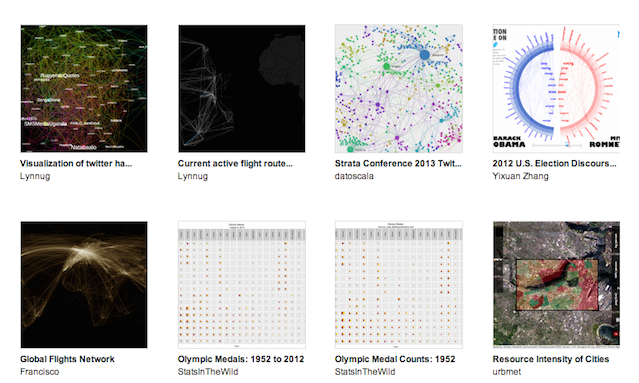
One of the re-occurring questions I get asked during or after a training workshop comes from delegates curious to know what tools were used to build ‘this’ or ‘that’ visualisation project.

A few weeks ago I invited suggestions for locations I should look to arrange my next schedule of public data visualisation training workshops up to around May 2014.
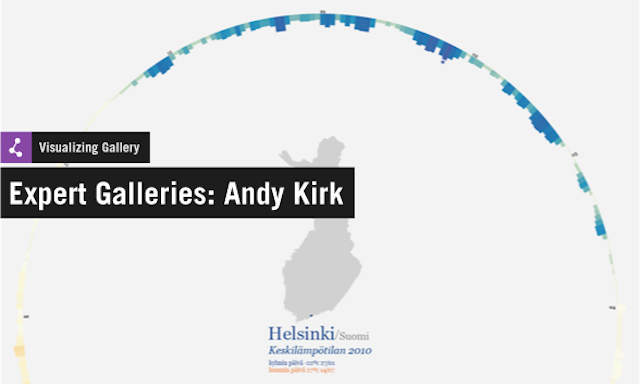
I was thrilled to be invited by Visualizing.org to compile the latest in their series of ‘expert galleries’. My choices were based on a selection of great time-based visualisation work.
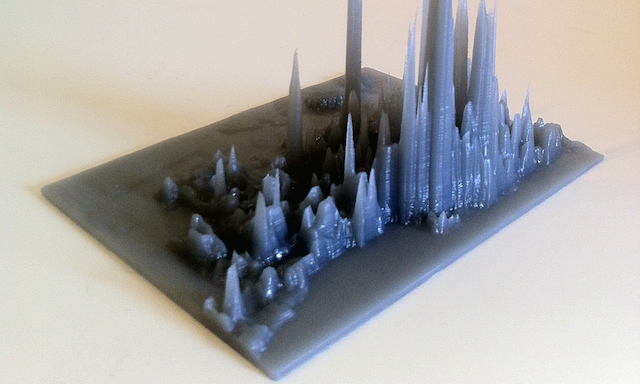
Last week I shared details of a treemap data art project, now here’s another way to transform your data into something more than just a form of communication.
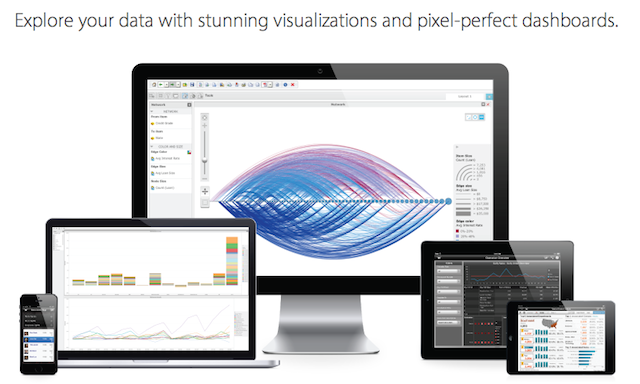
Interesting to see news of MicrosStrategy’s release of a free tool called ‘Analytics Desktop’. In the various press releases I’ve seen it seems to be being pitched as a challenger to Tableau Public.

At the end of each month I pull together a collection of links to some of the most relevant, interesting or thought-provoking web content I’ve come across during the previous month. Here’s the latest collection from September 2013.

Details of a Treemap Art Project have come to my attention, showcasing data-generated artwork from one of the most influential names in data visualisation, Ben Shneiderman.
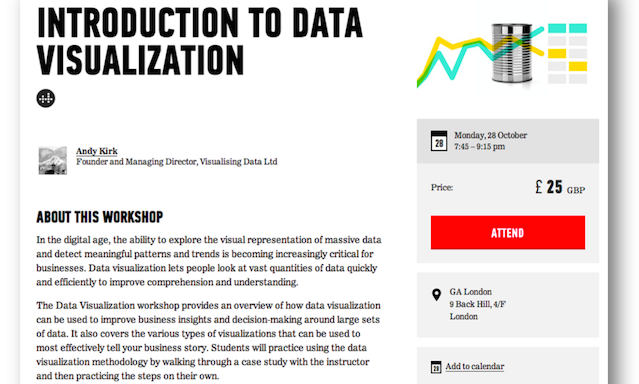
Quick announcement to say, thanks to General Assembly, I will be running a 90-minute evening introductory workshop on data visualisation, 19:45 to 21:15 on Monday 28th October. The cost is £25 per person.
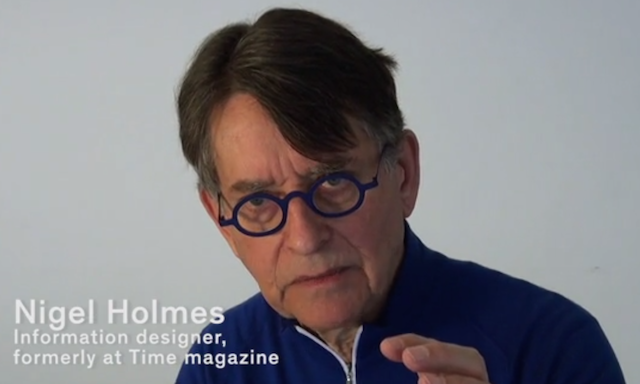
Here’s a nice 12 minute movie from Swissinfographics featuring some of the best names in infographic design discussing the challenge of achieving clear and functional designs, the essence of the graphic design style that originated from Switzerland in the 50s termed ‘Swiss Style’.
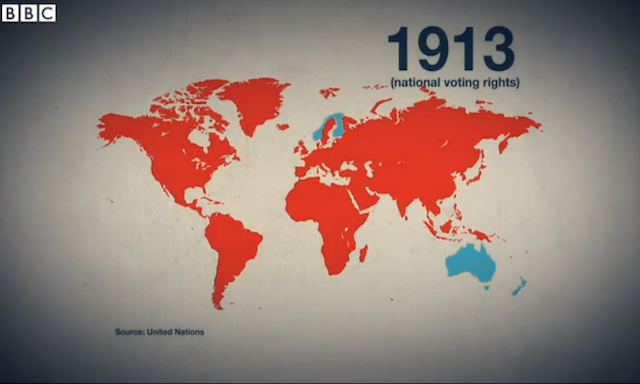
The BBC News website has today launched a new series titled ‘100 Women’, bringing together a range of interviews, profiles, articles and other digital content to look at the world we live in through the eyes of women.
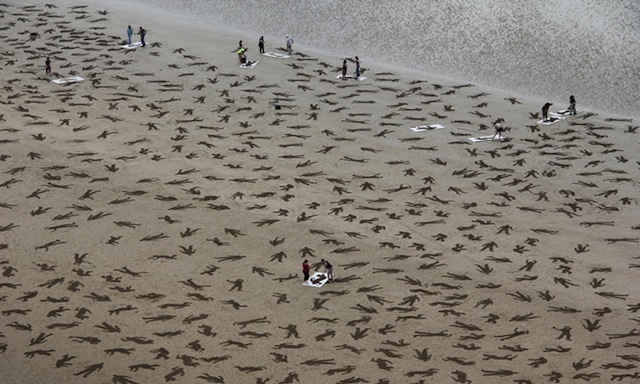
The Fallen 9000 was an artistic ‘event’ to coincide and mark International Peace day on 21st September. The project took place on the D-Day landing beach of Arromanches in France with the objective of representing the estimated 9,000 civilians, German forces and Allies who lost their lives on 6th June 1944.

At the end of each month I pull together a collection of links to some of the most relevant, interesting or thought-provoking web content I’ve come across during the previous month. Here’s the latest collection from August 2013.
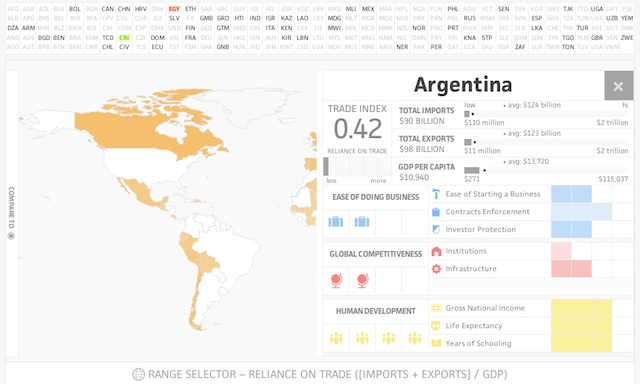
Launched yesterday comes a new interactive visualisation project and week-long accompanying series on global trade issues from ‘Ideas Lab’.
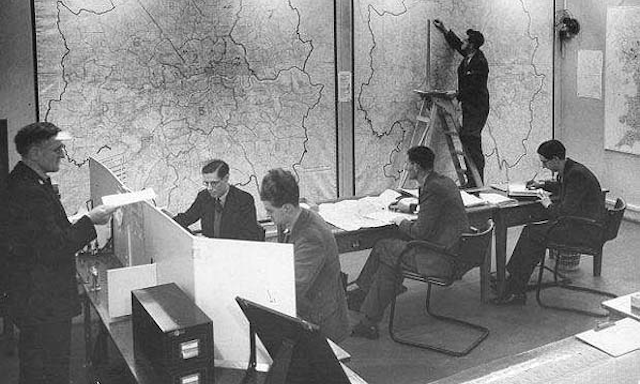
With the final few remaining places disappearing on my upcoming Autumn training events it feels like a good time to open up another opportunity for people interested in my training offerings to influence where I take my next set of events.

Thanks to Mel Taylor for sharing some nice work from NatCen, a leading independent social research agency, revealing the changes in British social attitudes over 30 years.

The contents of this post are published on the interactive Resources page.

The contents of this post are now published on the interactive Resources page

The contents of this post are now published on the interactive Resources page

The contents of this post are now published on the interactive Resources page

The contents of this post are now published on the interactive Resources page

The contents of this post are now published on the interactive Resources page

The contents of this post are now published on the interactive Resources page